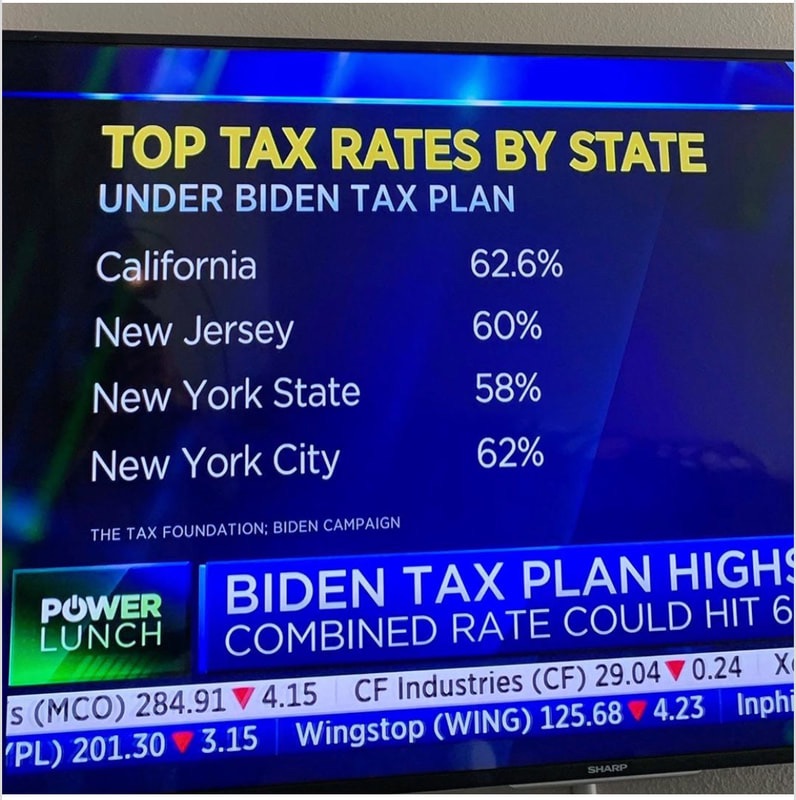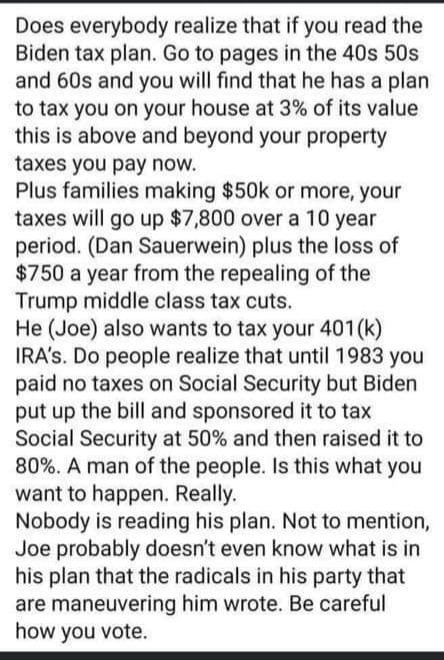Taxes
Hoover Institution: An Analysis of Vice President Biden’s Economic Agenda: The Long Run Impacts of Its Regulation, Taxes, and Spending
By Kevin Hassett, Casey B. Mulligan, Timothy Fitzgerald, Cody Kallen
Tuesday, October 13, 2020
By Kevin Hassett, Casey B. Mulligan, Timothy Fitzgerald, Cody Kallen
Tuesday, October 13, 2020
This report explores the potential impact of Democratic presidential candidate Joe Biden’s proposals on the economy as a whole. We conclude that in the long run, Biden’s agenda would reduce full time equivalent employment per person by about 3 percent, the capital stock per person by about 15 percent, real GDP per capita by more than 8 percent, and real consumption per household by about 7 percent. Relative to the CBO’s 2030 projections for these variables, this suggests there will be 4.9 million fewer employed individuals, $2.6 trillion less in GDP, and $1.5 trillion less consumption in that year alone. Median household income in 2030 would be $6,500 less.
While these effects may seem large, they are actually conservative estimates of the negative impact of the full Biden agenda.
While these effects may seem large, they are actually conservative estimates of the negative impact of the full Biden agenda.
| president_bidens_economic_agenda_hassett.pdf |
Cheat sheet for when Biden claims the Trump tax cuts were all about "the rich":
NYT: "Most people got a tax cut."
WaPo: “Most Americans received a tax cut.”
CNN: "The facts are, most Americans got a tax cut."
H&R Block: “The vast majority of people did get a tax cut.”
NYT: "Most people got a tax cut."
WaPo: “Most Americans received a tax cut.”
CNN: "The facts are, most Americans got a tax cut."
H&R Block: “The vast majority of people did get a tax cut.”


